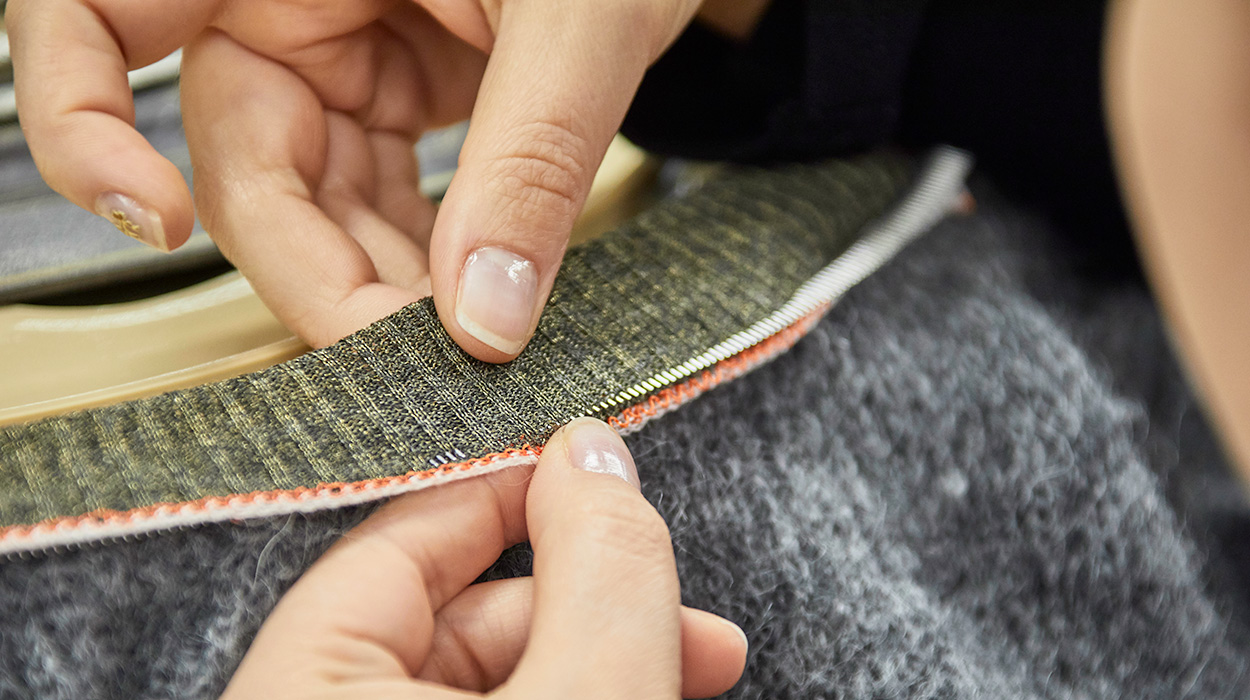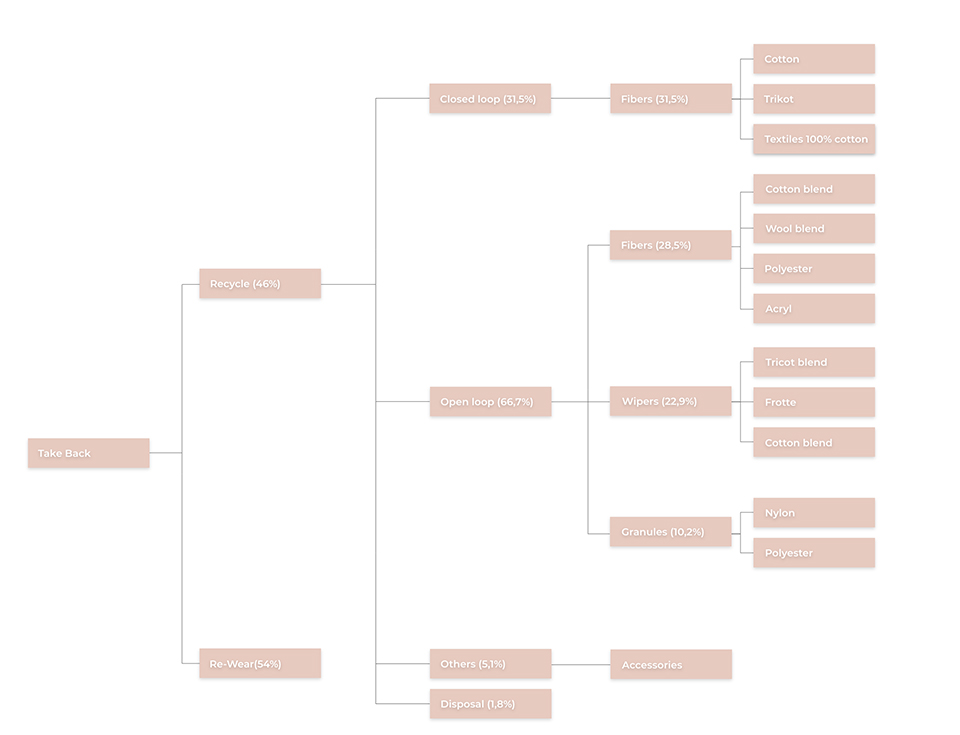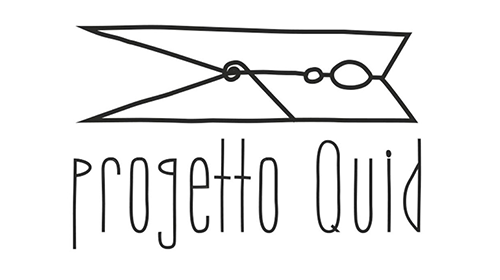
Recycling has always been part of the Calzedonia Group's company culture, and throwing things away has always been contrary to our philosophy. Wastefulness is the opposite of all that we believe in, and can also be seen as a hindrance to the improvement of company results.
For this reason, we have always tried to encourage recycling and a reduction in the use of precious resources.
In other sections, we have hinted at how we recycle packaging and materials that result from industrial processes, and the general recycling of waste carried out in all our facilities.
Even in our shops, and referring to our products, in 2011 we have encouraged recycling in collaboration with several textile recycling specialist. The ultimate fate of the items of clothing collected varies according to our collaborators. The higher quality clothes are donated to charity or re-sold and the proceeds then donated to associations for development projects. Poorer quality clothes are instead processed and recycled.
At Intimissimi shops, for example, from February to the end of June and from September through December, we promote a recycling campaign (Recycling Pays), which includes the in-store drop-off of used garments in any material (knitwear, pajamas, panties and bras) that are then recycled, which can be from any brand (not just Intimissimi). In exchange, participants will be given a store credit for each garment dropped off. Other brands, such as Falconeri, have launched similar initiatives to incentive reycling of used items. Starting autumn 2021, the clothing collection campaign was also extended to include the Tezenis brand.
Despite the many difficulties involved in progressing the project, the Group has decided to continue to invest time and energy into collecting garments in its stores. At end 2022, a total of 8.7 million garments had been collected in our stores since the project first started and sent for recycling.
The collected garment are sold to finance community development activities through specific NGOs, or recycled for the creation of new yarns and fabrics following these methods and quantity.
In addition, in November 2021, Atelier Emé collaborated with Mending for Good, a consultancy firm specialised in design-driven upcycling solutions for the creation of the “Re-Love” collection. The clothes were deconstructed and reconstructed within the brand’s laboratories, whilst Mending for Good was entrusted with the decoration, through painting on fabric, embroidery and hand decoration techniques. The Re-love collection is also the result of training that involved two social cooperative companies of the Mending for Good network: the artisan laboratories of San Patrignano and Manusa, which respectively already use painting on fabric and hand embroidery. The cooperative companies benefited from workshops held directly by the artisans involved in the project, to gain further insight in specific technical aspects.

Inoltre, nel Novembre del 2021 Atelier Emé ha collaborato con Mending for Good, società di consulenza specializzata in soluzioni di upcycling design-driven per la creazione della collezione “Re-Love”. Gli abiti sono stati decostruiti e ricostruiti all’interno dei laboratori della maison, mentre a Mending for Good è stata affidata la decorazione attraverso tecniche di pittura su tessuto, ricamo e decorazioni a mano. Gli abiti della collezione Re-love sono anche frutto di un percorso formativo che ha interessato due cooperative sociali del network Mending for Good: i laboratori artigianali di San Patrignano e Manusa che rispettivamente già utilizzano la pittura su tessuto e il ricamo a mano. Le cooperative hanno beneficiato di workshop tenuti dagli stessi artigiani coinvolti nel progetto per approfondire conoscenza tecniche particolari.

Another example is the Quid Project (www.progettoquid.it), which Fondazione San Zeno helped develop. The Quid Project hires people with a troubled past or in a precarious situation, helping them re-enter the work force.
A portion of high-quality yet limited-quantity materials left over in our warehouses after manufacturing process are then donated to Quid, which uses them to create fashion collections produced and sold in the brand's boutiques.
The Calzedonia Group is investing in innovation and research with the ultimate goal of achieving complete circularity in the production of its garments. Currently, the company is focused on the recycling of tights and trying to find an effective solution for the recovery and reuse of the component materials.
The yarns that make up these garments are generated from two fibers: the main one is polyamide, which can be recycled without any loss of mechanical quality. However, elastomer, the other fiber present within the yarn, could pose a problem as it remains attached to the polyamide fibers, preventing their reuse. To overcome this challenge, the Calzedonia Group is investing in innovative ways of chemically separating the two materials. This process allows the polyamide to be recycled and spun again for the creation of new tights, while making the most of the elastomer, which could be used both for the production of new yarns and for various external industrial applications.
To realize the long-term vision of making pantyhose production completely circular, the vertical control of the supply chain exercised by the company is a crucial factor. By integrating factories at the final stage of the product life cycle, if pantyhose sold in stores are brought back for recycling, it will be possible to create a virtuous cycle. These garments will be recycled in the group's factories, and the material obtained will then be used to produce new pantyhose, ensuring the sustainability of the production process. In this way, the production of more than 1,000 tons of waste per year can be avoided, promoting sustainable production and consumption practices.
With the work we are doing to recover and use hosiery, we will be simplifying post-consumer recycling. This project concerns approximately 70% in weight with respect to the Calzedonia hosiery collection sold worldwide.
Discover more about Calzedonia Group